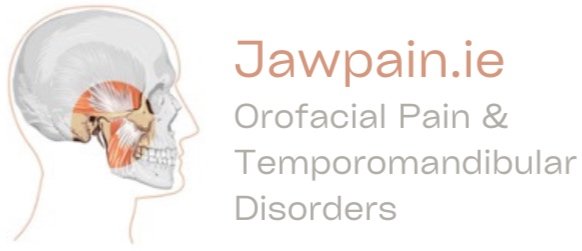Trigeminal Neuralgia
Facial sensation is supplied by the trigeminal nerve. This is subdivided into three main branches: the ophthalmic (V1), maxillary (V2) and mandibular branches (V3). This nerve conveys painful sensations (a toothache) from its origin in the dental pulp to the brain, On rare occasions a malfunctioning of this nerve occurs similar to a ‘shortcircuiting’ of an electrical device.
-
Trigeminal neuralgia is a chronic neuropathic pain disorder that presents with a stabbing or electric-shock-like pain in the face.
-
Studies have shown this to be a rare disorder affecting 3 to 5 new cases per 100,000 people per year.
-
The pain is classically severe in intensity and electric-like in quality. It may present spontaneously or it can be triggered by a variety of stimuli such as laughing, brushing teeth, talking, eating, applying make-up or by wind simply blowing against the face. These ‘darts’ of pain will generally last for seconds in duration but multiple darts may occur in succession. It may stop you in your tracks momentarily until the painful episode passes over. It is usually unilateral and rarely crosses the midline. Episodes can last for days, weeks, or months at a time and then disappear for months or years. For some patients the attacks often worsen over time, with fewer and shorter pain-free periods before they recur.
-
TN may be accompanied by trigger zones. These trigger zones are generally located adjacent to the lips or nose and on simulation will elicit a bout of shooting pain. Following stimulation, a refractory period will then occur and further pain is unlikely for a short period of time (secs-mins)
-
The theory that is generally accepted is that this disorder is triggered by a blood vessel that compresses the trigeminal nerve as it exits the brain. This causes a ‘short circuiting’ within the nerve which clinically manifests as shooting pain. However, any form of trigeminal nerve compression may present with similar symptoms. Such examples may include compression of the nerve by a brain tumor, cysts or multiple sclerosis. Consequently a brain scan is often taken in patients with TN.
-
TN usually occurs after 50 years of age. It may occur slightly more in females. If a young patient develops TN, a brain MRI is essential.
-
There are no specific tests to diagnose TN. The diagnosis is made from the clinical history. Various investigations can be performed to eliminate the possibility of other facial pain conditions such as a dental / sinus infection i.e. an x ray.
-
Once a correct diagnosis is made, a medication trial is indicated. The medications that are prescribed in TN are also used for epilepsy. Examples include carbamazepine, gabapentin, oxcarbazepine and pregabalin. Typical painkillers and opioids are usually not helpful in treating the sharp, recurring pain caused by TN.
As a general rule, start with a low dose and slowly titrate until pain relief is achieved. If side-effects occur a medication change maybe warranted. A patient may need to try out different medications before pain relief is achieved or indeed a combination of medications may be used to provide optimum pain relief. This treatment should only be provided under medical / dental supervision.
Neurosurgical intervention should be considered when pharmacological methods do not provide significant relief or when side effects are problematic. There are various surgical options. Open brain surgery (microvascular decompression) is performed in cases where a blood vessel is identified rubbing against the trigeminal nerve as it exits the brainstem. An insulating material is ‘glued’ between the blood vessel and nerve to form a protective barrier. Additionally, a number of destructive percutaneous techniques can also be used to partially damage the trigeminal nerve.
-
The disorder is characterized by periods of remission. The remission periods can vary from weeks to months and years.
-
TN is commonly misdiagnosed as toothache, sinus pain, ear pain, or wisdom tooth pain. This is probably due to the fact that it is a rare disorder and a dentist or general medical practitioner may see very few cases in their practicing lifetime. Furthermore, there are a large number of conditions that can cause facial pain and consequently the diagnosis is not always predictable or straightforward.

